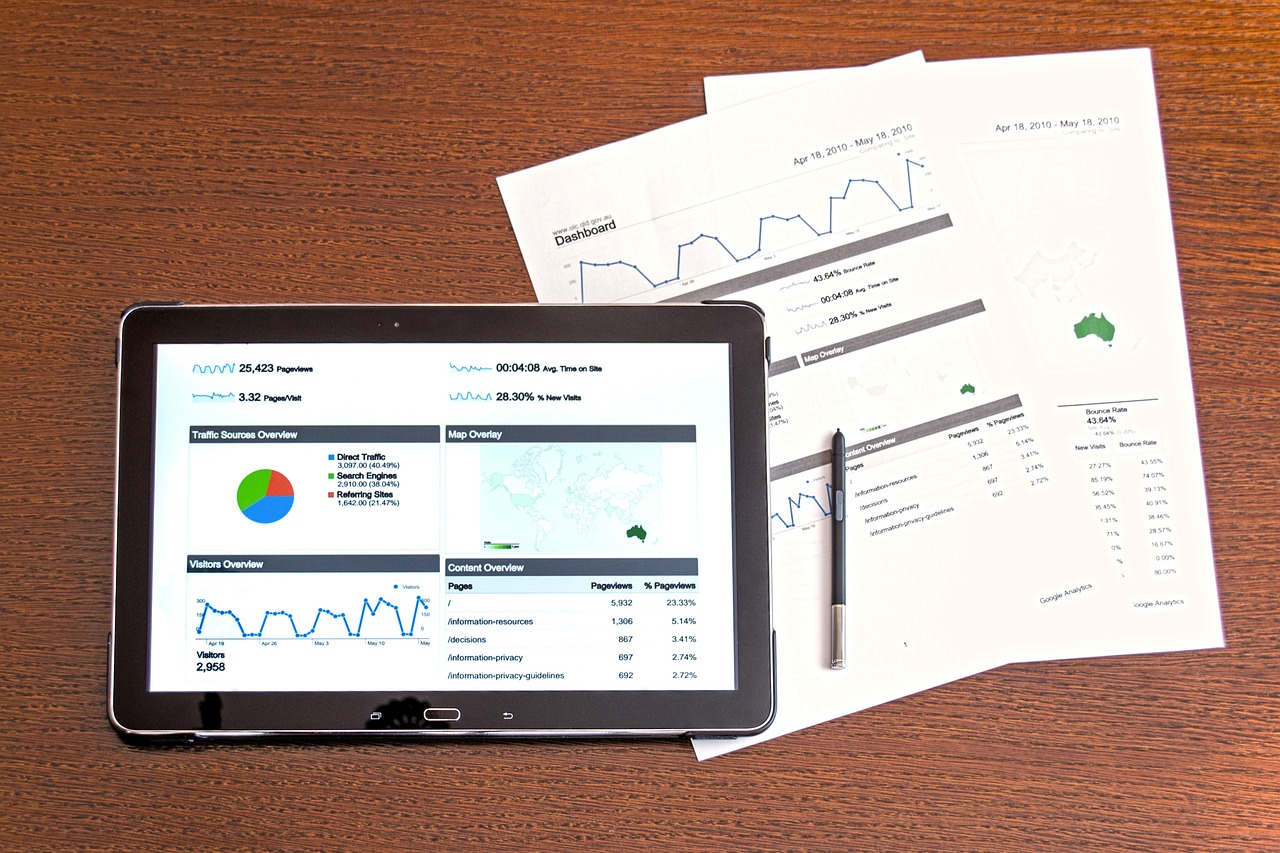“`html
In today’s fast-paced business environment, operational efficiency has emerged as a critical factor for sustained success. Organizations that master operational efficiency can reduce costs, enhance productivity, and deliver better services to clients. But what exactly is operational efficiency? How can businesses successfully implement its principles? This blog post explores the intricacies of operational efficiency, outlining its benefits, strategies for improvement, and practical examples that can help your organization thrive.
Understanding Operational Efficiency
Before diving into strategies and benefits, it is essential to define operational efficiency clearly.
What is Operational Efficiency?
Operational efficiency is the ability of an organization to deliver products or services to its customers in the most cost-effective manner, without compromising quality. It involves optimizing resources, streamlining processes, and integrating technology to improve workflows.
The Importance of Operational Efficiency
Increasing operational efficiency is critical for several reasons:
- Cost Reduction: Lower operational costs lead to increased profit margins.
- Enhanced Employee Productivity: Efficient processes enable employees to focus on high-value tasks.
- Improved Customer Satisfaction: Streamlined operations can lead to faster service delivery and higher quality products.
- Competitive Advantage: Organizations that operate efficiently can offer better pricing and services.
Key Strategies to Enhance Operational Efficiency
To improve operational efficiency, organizations can implement the following strategies:
1. Process Mapping
Understanding current workflows is crucial. Process mapping enables organizations to visualize their operations and identify areas for improvement.
- Identify Key Processes: List all operations your organization performs.
- Map Each Process: Create a visual representation to discover bottlenecks and inefficiencies.
For example, a manufacturing company can map its supply chain processes from procurement to production to pinpoint delays.
2. Automating Repetitive Tasks
Automation technology can significantly improve efficiency by reducing manual interventions.
- Identify Repetitive Tasks: List tasks that are time-consuming and error-prone.
- Research Suitable Automation Tools: Investigate software that can automate these tasks, such as RPA (Robotic Process Automation).
For instance, accounting firms can automate invoice processing to reduce errors and save time.
3. Implementing Lean Management Principles
Lean management focuses on minimizing waste while maximizing value. Key lean principles include:
- Value Stream Mapping – Analyzing the flow of materials and information.
- Continuous Improvement (Kaizen) – Fostering an environment where employees are encouraged to suggest improvements.
- Just-in-Time Production – Reducing inventory costs by producing only what is needed when it is needed.
An automotive manufacturer applying lean principles may indicate excess building materials as waste, aiming to reduce costs and improve efficiency.
4. Utilizing Data Analytics
Data plays a vital role in enhancing operational efficiency. By leveraging data analytics, organizations can make informed decisions.
- Collect Relevant Data: Understand key performance indicators (KPIs) that affect operational efficiency.
- Implement Analytical Tools: Use business intelligence software to analyze collected data and derive insights.
A retail chain can use data analytics to understand customer shopping patterns to optimize inventory levels, thereby enhancing operational efficiency.
Employee Engagement and Operational Efficiency
It’s not just about processes and technology; engaged employees foster operational efficiency even further.
The Role of Employee Training
Investing in employee training can lead to immediate improvements in operational efficiency:
- Skill Enhancement: Equip employees with necessary skills to perform their jobs more effectively.
- Promote a Culture of Efficiency: Encourage employees to seek and suggest improvements in their workflows.
A call center that regularly trains its staff on new software tools typically experiences higher efficiency levels and better customer satisfaction.
Measuring Operational Efficiency
To truly know if your efforts are paying off, it is essential to measure operational efficiency.
Key Performance Indicators (KPIs) to Track
Several KPIs can help assess operational efficiency:
- Cost per Unit: Measures the overall costs associated with production.
- Employee Productivity Rate: Assesses output per employee compared to industry standards.
- Turnover Rates: The speed at which products or services are delivered.
Establishing regular reporting on these KPIs can provide insights into operational efficiencies and areas requiring attention.
Conclusion
Achieving operational efficiency is not merely a goal but a continuous journey for every organization. By understanding its components, implementing effective strategies, engaging employees, and measuring outcomes, businesses can optimize their operations, reduce costs, and enhance customer satisfaction. Operational efficiency will ultimately pave the way for sustainable growth and success in an increasingly competitive market. Start implementing these strategies today, and watch your organization transform into a model of efficiency.
“`






